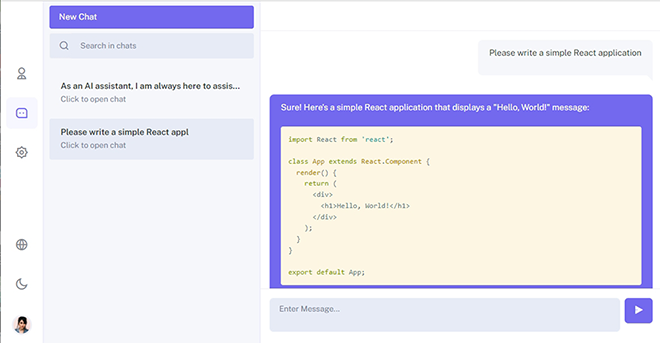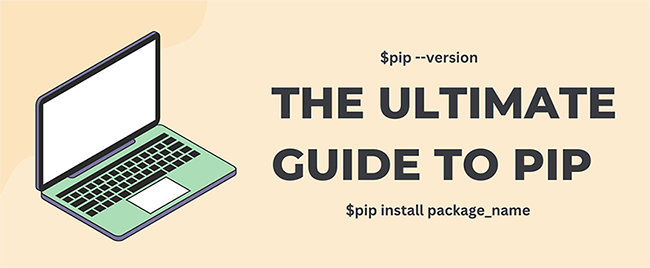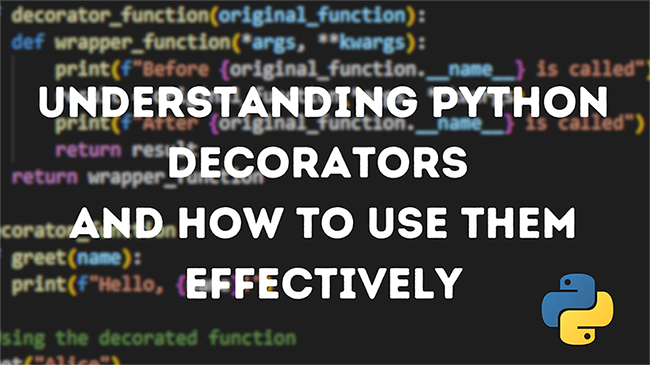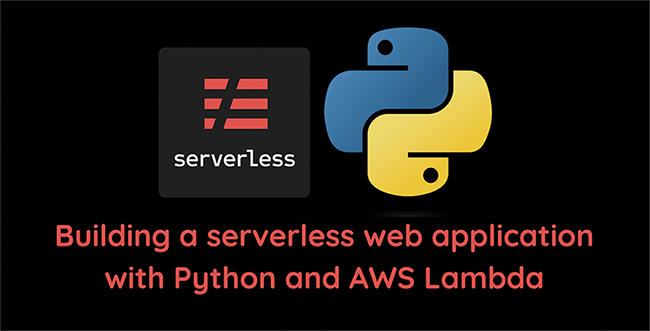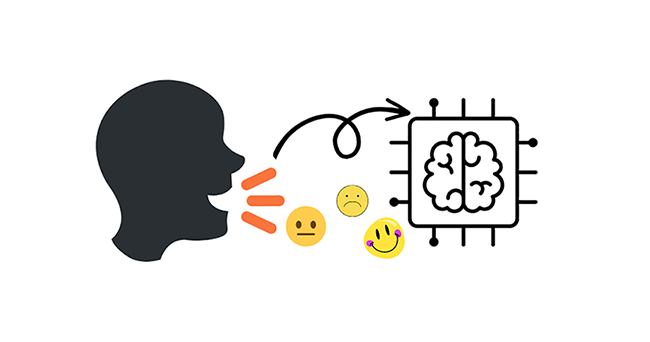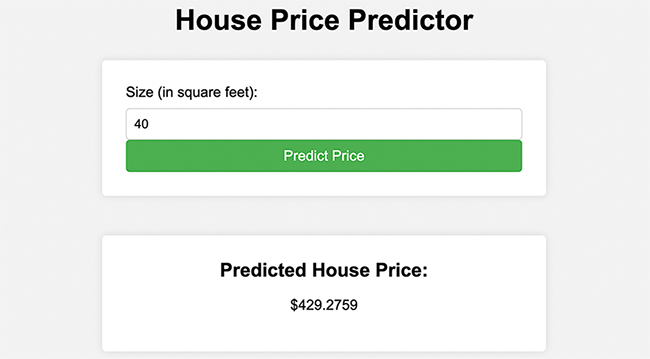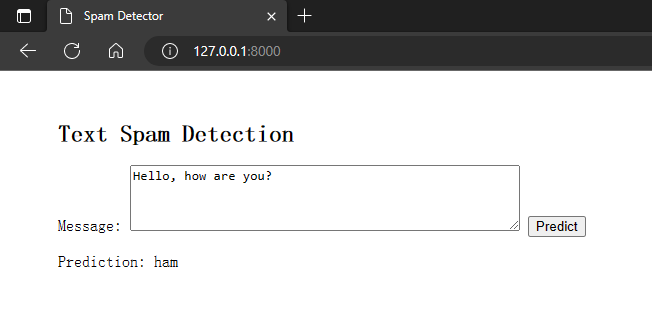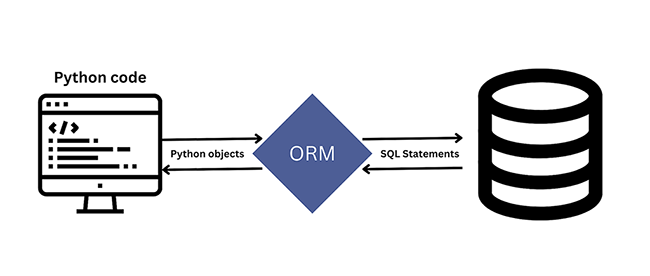Flask Development Made Easy: A Comprehensive Guide to Test-Driven Development
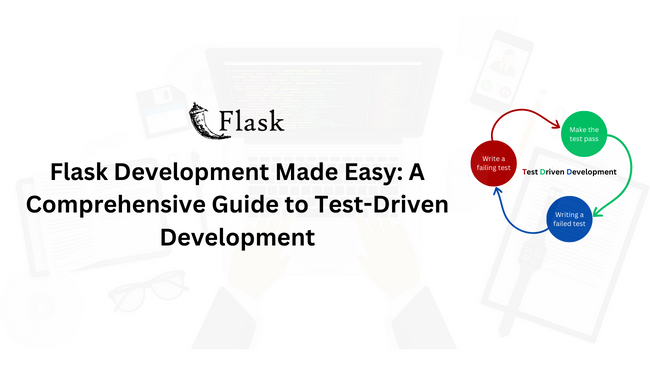
In this comprehensive guide, I will share my extensive experience in implementing TDD in Flask development, providing you with practical tips, code examples, and best practices. The guide covers essential aspects of TDD, including setting up the development environment, configuring Flask for testing, writing various types of tests, implementing features using the TDD workflow, and integrating continuous integration and deployment.

